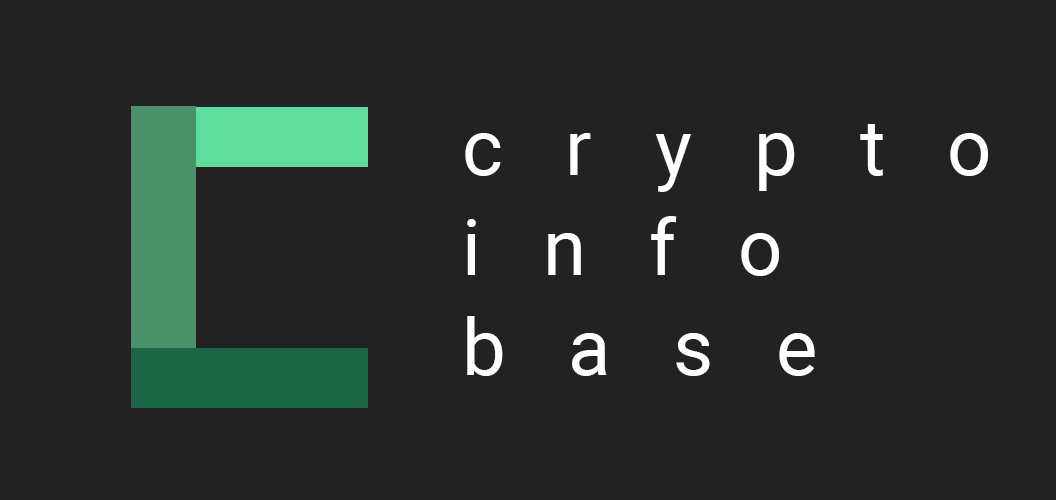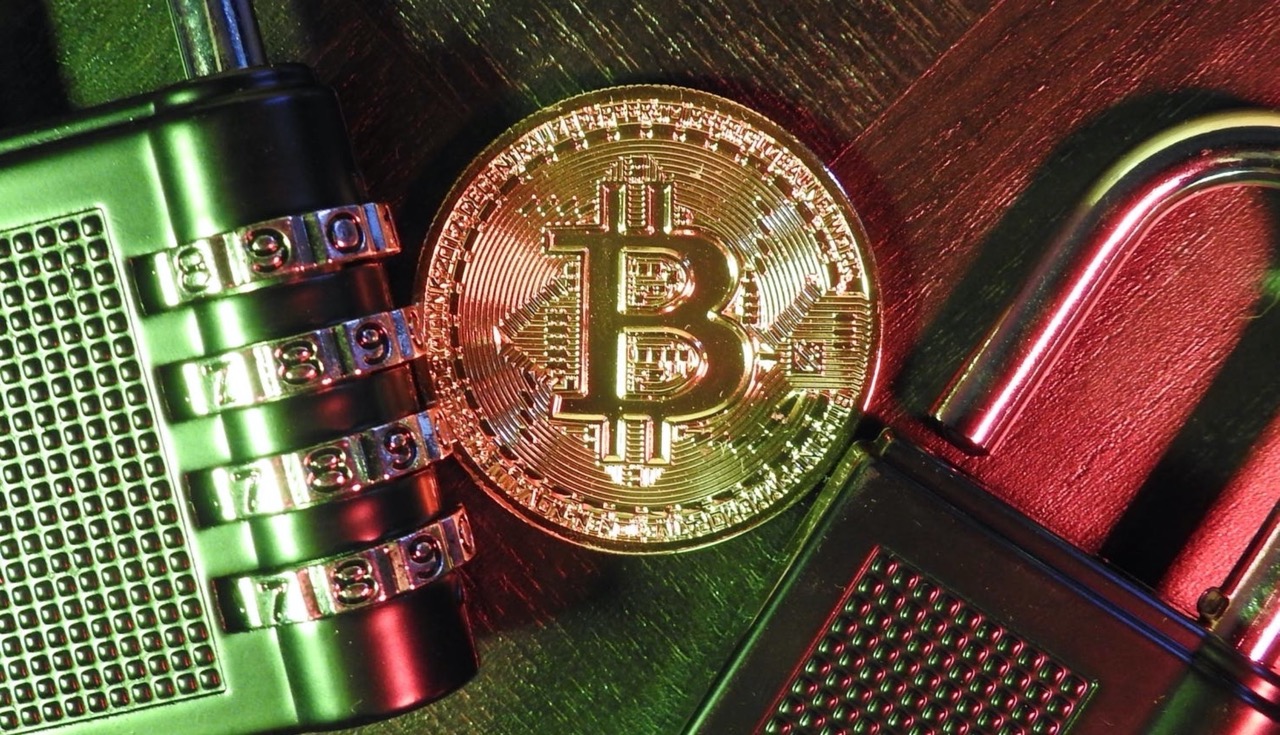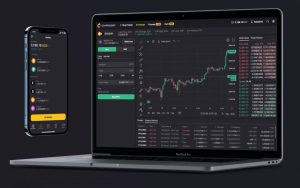One of the vaguest terms in the cryptocurrency sphere, crypto-commodity is a general definition of any tradable or fungible item. It might be a contract, commodity, or utility, both real-life or virtual. Commodities also exist on the basis of blockchain, being represented by tokens.
A closer look
In order to comprehend the motion of crypto-commodity, you should be aware of the evolution of blockchain and cryptocurrencies.
When the Bitcoin ecosystem appeared, it has quickly become a very widespread platform for anonymous payments without limits. The technology appeared to be very promising and useful, and market pioneers and users realized it quickly. Blockchain has great potential in the blockchain sphere thanks to the opportunity of applying it beyond online payments. That’s what sparkled the new idea, and Ethereum appeared. This blockchain featured a smart contract, which suggests a totally different approach and a different crypto commodity.
While Ethereum is considered to be a standard-setter in the industry, it also features a native token (ETH) and provides more functions than the pioneer, Bitcoin network. Ethereum has more tools and allows creating digital assets that might be implemented in various networks and infrastructures. They can also represent a real or some virtual currency. Thus, anyone can create their own token or a cryptocurrency that might become tradable and have some differences in smart contracts with Ethereum.
Such digital assets can represent any kind of service or a tool and constitute a crypto commodity.
For example, a token might be used as a means of paying a hosting commission. This is a widely used case in the area of streaming. These tokens can also have some particular value and be used to access content or make bets or some transactions within the platform. Hence, a token can back up some real-life contracts or agreements.
One more great case is CryptoKitties game on the Ethereum basis. Thanks to this online game, people could pay their Ethereum coins for breeding and trading virtual cats and even purchase some tools, attributes, and other bonuses. The more unique were the cat’s features, the more value it has in ETH. By the way, this game is still popular among certain crypto holders.
So, basically, any project that represents a fungible or tradable currency/asset that has any utility, value, or function on any blockchain platform via unique currencies, can be called a crypto-commodity ecosystem. But what makes up for fair distribution and transaction mechanism in crypto-commodities? A smart contract allows for setting exact tules of token functioning, and smart contracts work via programmable codes on the basis of dApps and contracts.
Some similar projects that offer crypto-commodities are Cardano, NEO, and QTUM.
What are the benefits of crypto commodities?
Being widely used and trusted, crypto exchanges allow for the massive adoption of crypto assets and make crypto trading simple and comprehensive. Thus, more people get involved in crypto commodities.
By using a crypto exchange, you can manage your funds as you wish because the private key and commodities are not controlled by any financial organization. Besides, it guarantees stronger protection against market fluctuations and downturns because crypto commodities are considered to be a safe choice for investors.
Bottom Line
Being a common phenomenon, crypto commodities can perform a variety of functions and even have some value. What makes them different from real-life assets is that they are based on some certain blockchain and appear initially as crypto tokens. They can be tied to any real-life or virtual currency, and stay the safest choice for crypto investment.
Yet, commodities should not be mixed up with currencies and tokens – these things have a slightly different nature.




